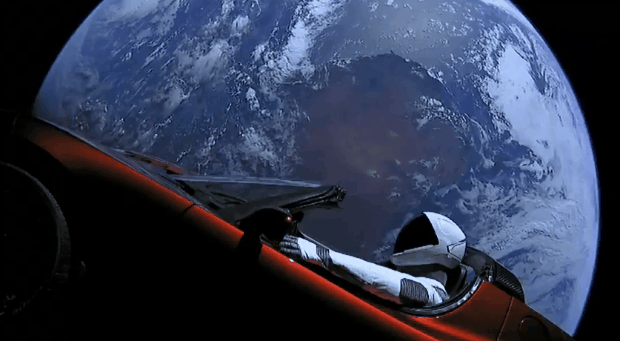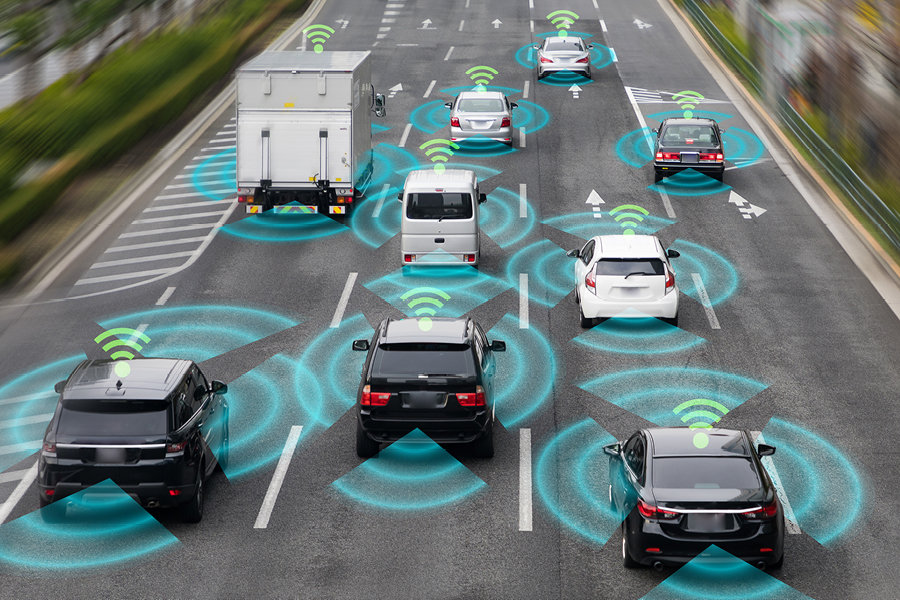Terrok Nor Town Center
The authors of this blog have been spending a lot of time roaming the suburbs for work lately. As we drive our vehicles around the postwar landscapes of Gresham, Happy Valley and Washington County, we’re stuck by how much the experience is like being outside the atmosphere itself.
Plenty of room at the outer docking ring.
Suburbia consists of a formless void with no oxygen or habitat suitable for humans between buildings and designated activity zones. There is no “Life between buildings” (Jan Gehl). The shopping center is a space station. Your house or apartment is another space station. So is the school, and your workplace. You can’t go outside without a space suit. You get in the shuttlecraft and pilot from destination to destination at warp speed, so you hope, but instead you’re stuck creeping along at one quarter impulse. The cops are Cardassians. The teenagers are Klingons (who cares if we die? We’re going to Stovokor!).
Federation Shuttlecraft
Surface of the Moon
There’s lots of space here, but it’s not for humans. It’s all interstitial. At best, one can walk safely across a parking lot, but it’s not a place to linger.
Take a starship and fly to a planet. Beam down in Downtown Portland, Hawthorne or some place on the coast or the mountain for shore leave. Walk around. Go back to your station. Entertain yourself in the holodeck (a simulacrum within a simulacrum).
One of last year’s most iconic images sums up the experience beautifully!
Top down on a sunny day!






